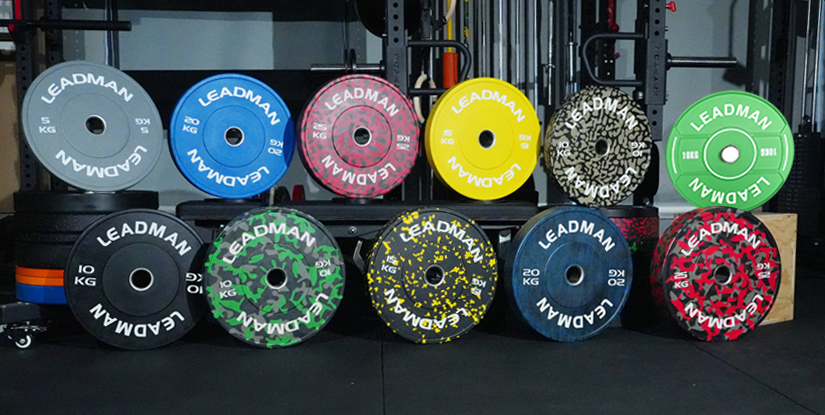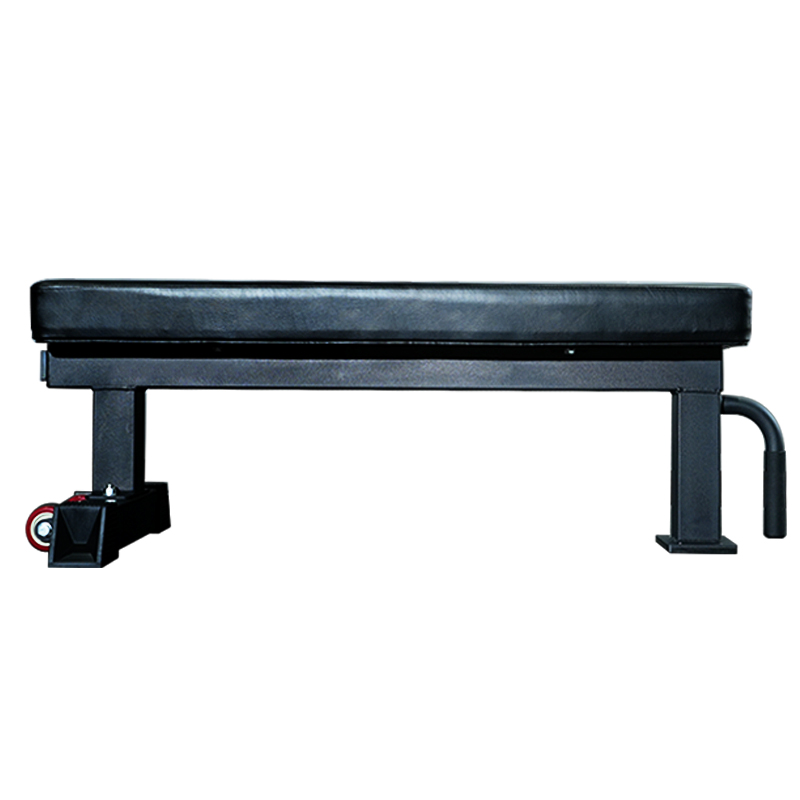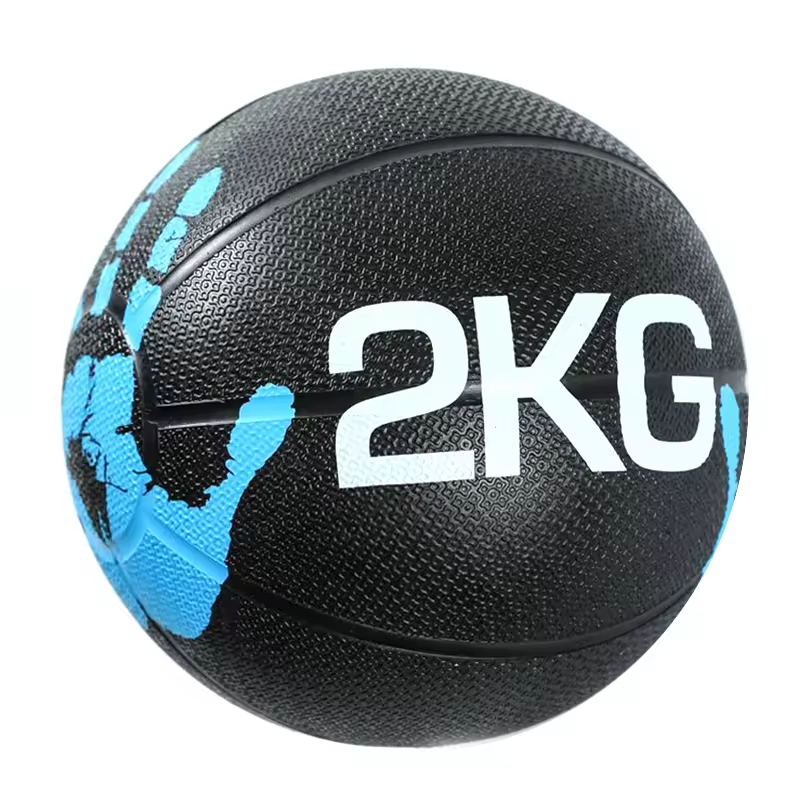Custom Programs for Weight Plate Use

Weight plates are the unsung heroes of functional fitness - far more than just counterweights for barbells. When incorporated into custom programming, these simple discs transform into tools for strength, mobility, endurance, and even rehabilitation. Whether you're using standard iron plates or premium bumper plates, this guide will help you design intelligent training programs that unlock their full potential.
The Weight Plate Advantage
Before designing programs, understand why weight plates deserve dedicated programming:
1. Unmatched Versatility
From grip challenges to unbalanced loading, plates adapt to countless exercises barbells can't replicate.
2. Progressive Overload Precision
Smaller increments (especially with microplates) allow perfect resistance progression.
3. Space Efficiency
Ideal for home gyms or crowded facilities where equipment is limited.
4. Joint-Friendly Options
Rubber-coated plates reduce impact for explosive movements compared to iron.
Program Design Fundamentals
Effective weight plate programming follows these principles:
1. Grip Variation Focus
Design exercises that utilize different grips: pinch, hub, or edge grips to develop comprehensive forearm strength.
2. Unilateral Emphasis
Single-arm/leg movements with plates reveal and correct imbalances better than barbell work.
3. Dynamic Stability Challenges
Incorporate movements where the plate's shape creates instability, like overhead carries.
4. Progressive Overload Pathways
Increase difficulty through: weight, time under tension, instability, or range of motion - not just poundage.
Sample 6-Week Progressive Program
This adaptable framework works for all fitness levels:
Weeks 1-2: Foundation Phase
• Plate Pinch Carry 3x30sec
• Plate Overhead March 2x20yds
• Plate Romanian Deadlift 4x8
Weeks 3-4: Complexity Phase
• Plate Hub Grip Rotations 3x10/side
• Plate Push-Up Reach 3x8/side
• Plate Squat to Press 4x6
Weeks 5-6: Intensity Phase
• Plate Snatch Grip Swings 4x15
• Plate Lateral Lunge with Rotation 3x8/side
• Plate Burpee Over Shoulder 3x10
FAQ About Weight Plate Programming
What's the ideal plate weight range for functional training?
Aim for variety: 2.5-5kg plates for grip work and mobility, 10-15kg for dynamic movements, and 20-25kg for strength exercises. Competition-style plates offer the most consistent sizing for advanced techniques.
How do I program plate exercises for rehabilitation?
Focus on slow eccentrics (3-5sec), limited range motions, and supported positions. Example: Seated plate shoulder rotations or standing plate shifts with back support.
Can plate workouts replace traditional weight training?
While excellent for functional fitness and accessory work, they should complement rather than replace barbell/dumbbell training for maximal strength development.
What safety precautions are unique to plate training?
Always check plate condition (cracks in rubber, loose inserts), maintain firm grip awareness, and use properly maintained plates to prevent skin abrasions during dynamic movements.
Specialty Program Variations
1. Athletic Performance
• Rotational Throws against wall
• Reactive Plate Drops and Catches
• Sprint Starts with Plate Resistance
2. Senior Fitness
• Seated Plate Knee Extensions
• Standing Plate Weight Shifts
• Assisted Plate Squat to Stand
3. Pre/Post-Natal
• Pelvic Floor Plate Breathing Drills
• Wall-Assisted Plate Slides
• Modified Plate Carries
Equipment Pairing Strategies
Maximize plate utility by combining with:
1. Resistance Bands
Anchor bands through plate centers for variable resistance exercises.
2. Stability Balls
Place plates on balls for enhanced core activation during presses.
3. Plyo Boxes
Use plates as targets for depth jumps or step-up variations.
Need Custom Weight Plate Solutions for Your Facility?
From specialized bumper plates to custom-colored sets, the right weight plates can elevate your training programs and brand identity.
Explore Leadman Fitness's range of durable, performance-optimized weight plates. Contact us for recommendations tailored to your programming needs.
Periodization Considerations
Structure long-term plate programming with these phases:
1. Technique Acquisition (2-4 weeks)
Focus on movement patterns with lighter plates (5-10kg).
2. Load Accumulation (4-6 weeks)
Progressively increase plate weight while maintaining form.
3. Dynamic Application (4 weeks)
Incorporate explosive movements with bumper plates for safety.
4. Deload/Reassessment (1-2 weeks)
Reduce volume by 40-50% while maintaining movement quality.
Final Thoughts: Plates as Programming Powerhouses
Weight plates represent one of the most cost-effective, space-efficient, and versatile tools in fitness. By implementing these custom programming strategies - whether with basic iron plates or specialized bumper plates - you'll unlock training possibilities that keep clients engaged and progressing. Remember: the best equipment is only as effective as the programming behind it.





